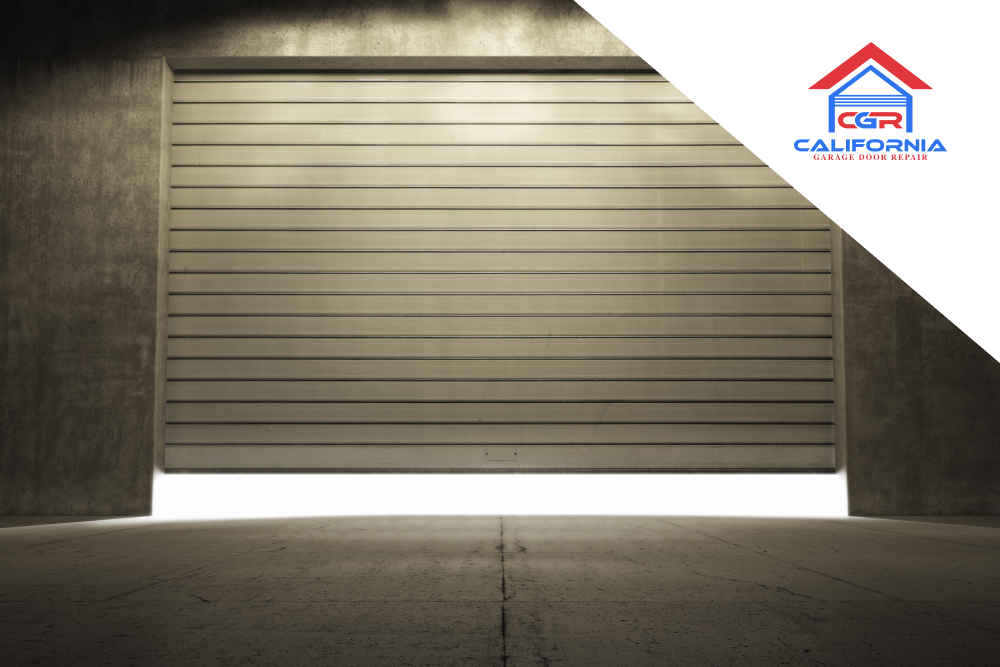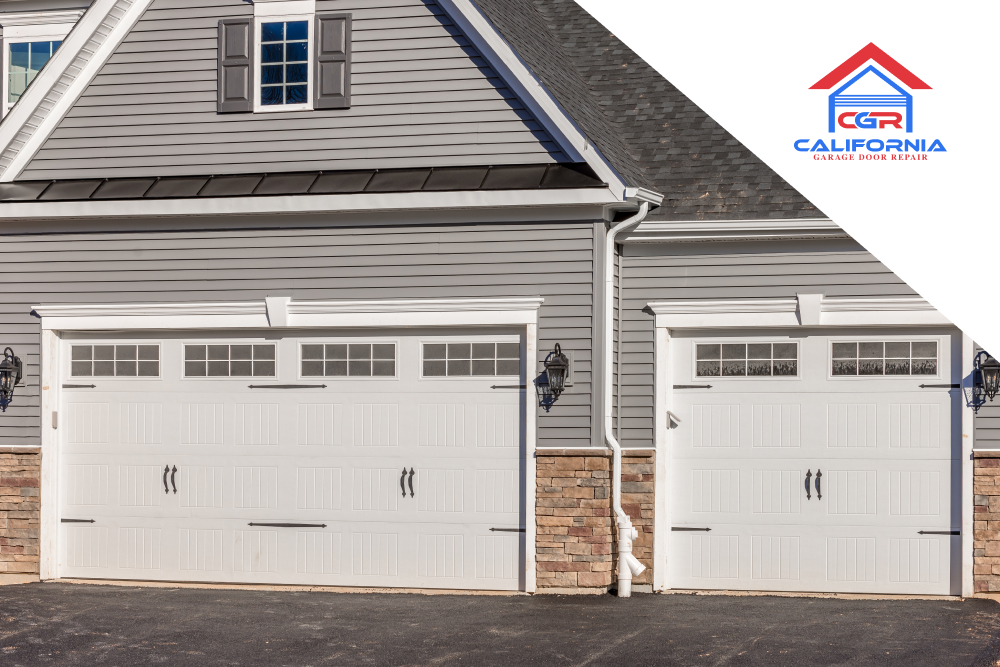Garage doors have a very simple operation: they open and close. Despite its basic movement, homeowners depend on their garage doors to secure their vehicles and other belongings. Still, many are left wondering, how does a garage door work?
A garage door system is greater than the sum of its parts. Each cable, torsion spring, panel, bolt, and nut is crucial in ensuring snag-free operation.
In this post, we will discuss how each of these parts works within a garage door system. Read on to learn more about your garage door!
Components of a garage door system and how they work
A garage door operates through the combined effort of every little part. Below, we break down each essential part to explain how the entire system works at a press of a button.
Door panels
Your garage door is made of panels with different widths and heights. It’s usually horizontal panels interconnected using hinges. This is the design of sectional and tilt-up garage doors, though the latter is just one large sheet of material.
However, other garage door types use vertical panels, like the ones on side-sliding systems.
On the other hand, there are also roll-up doors, which use metal slats that roll into an overhead drum. Just the same, this part shields your garage from outdoor elements.
Also, you can install insulation on your garage door panels for added protection during winter. It can also be customized to your liking.
You can also choose from panel materials like wood, metal, steel, fiberglass, and more. Each one suits a specific climate, budget, and choice of aesthetic.
Tracks and brackets
The garage door panels run through the tracks installed on both sides of your door jambs. For smooth door travel, rollers are attached to the panels.
There are two types of tracks for traditional garage doors: vertical and horizontal. The vertical tracks are responsible for holding the panels when closed. Meanwhile, the horizontal tracks hold the panels overhead when opened.
Take note that track placements differ based on door design. Nevertheless, all of them are responsible for moving the panels during operation.
On the other hand, the door brackets support the horizontal tracks. It’s mounted on the ceiling and holds the tracks in place. Also, it helps carry the door’s weight, so it must be installed correctly.
Springs
There are two types of springs on most garage door systems: torsion and extension.
The torsion spring is the one installed right above the door. It plays a crucial role in the proper functioning of your door during operation. It winds and unwinds as the door opens and closes.
Take note that torsion springs need to be tightened with the correct tension based on door height. Also, you should never try to repair damaged torsion springs. It’s best to call a professional to deal with this part.
On the other hand, the extension springs are located on each side of the door. It counterbalances the cables and the door weight. Once the door is lifted, the extension spring will pull it further to open completely.
Cables
The cables of your garage door work in synergy with the springs. These are attached to the brackets at the bottom of both sides of your door. It assists in lifting the door and keeping it in the correct position.
Take note that garage door cables come in different thicknesses, depending on the weight and height of your door. Nevertheless, it should be braided for durability.
Unlike the extension and torsion springs, garage door cables require more frequent replacements. But the upside is that cables are easy and affordable to replace.
Photo eye sensor
The photo eye sensor feature of your garage door is a literal lifesaver. It shoots a light beam from one side of your door to the other. If something or someone stands in the way and interrupts the light, your door will stop moving.
This is a crucial safety feature you can’t go without, especially if you have children. Also, it’s essential to keep the sensor lens clean at all times to prevent false readings.
Take note that garage doors are heavy. It can cause life-threatening injuries to an adult and much so for a child. So if you’re having your first garage door installed, make sure that it comes with this indispensable feature.
Garage door opener
An opener is another crucial component of your automatic garage door system. It’s responsible for opening and closing the door without manual work.
These openers use radio frequencies with unique codes matching a remote controller. So when you press the remote button, the garage door will move. It’s connected to the door using an arm.
There are various brands and models of garage door operators, but all of them work in the same manner. All openers also have adjustable frequencies if your neighbor has the same model.
Just like any part, garage door openers need regular servicing. This is to ensure that it’s properly calibrated and working efficiently.
Remote control or keypad
Your garage door’s remote control has to be programmed into the door opener. Some models may need to be reprogrammed once in a while once it loses their hold.
Remote controllers can also have a built-in keypad where you can open or close the door using a pin. On the other hand, there are also keypads mounted on the wall, which can serve as your backup.
Emergency release cord
Do you know the purpose of the red rope with a handle hanging from your door trolley? It’s called the emergency release cord.
When you pull this cord, your door’s belt drive or chain drive opener will be disengaged. This allows the door to move freely when lifted or pulled down.
This is useful during a power outage when your door opener doesn’t have a battery backup. You can also pull this rope if you’re working on your door to prevent accidental operation.
Need help with your garage door?
If you have problems with any of your garage door parts, California Garage Door Repair is the one to call. We are your one-stop garage door repair provider for all door types and models.
We repair and replace all garage door parts you can think of. Whether it’s springs, panels, cables, openers, panels, and more, you can count on our expertise. We are fully equipped, licensed, and insured to conduct quality repairs.
Our technicians are on-call 24/7 to respond to your garage door needs. We know that garage door problems can happen anytime, so we keep our lines open. Our team can get your garage door up and running in just a few hours.




